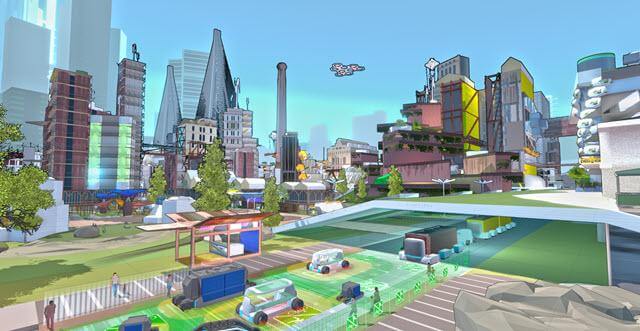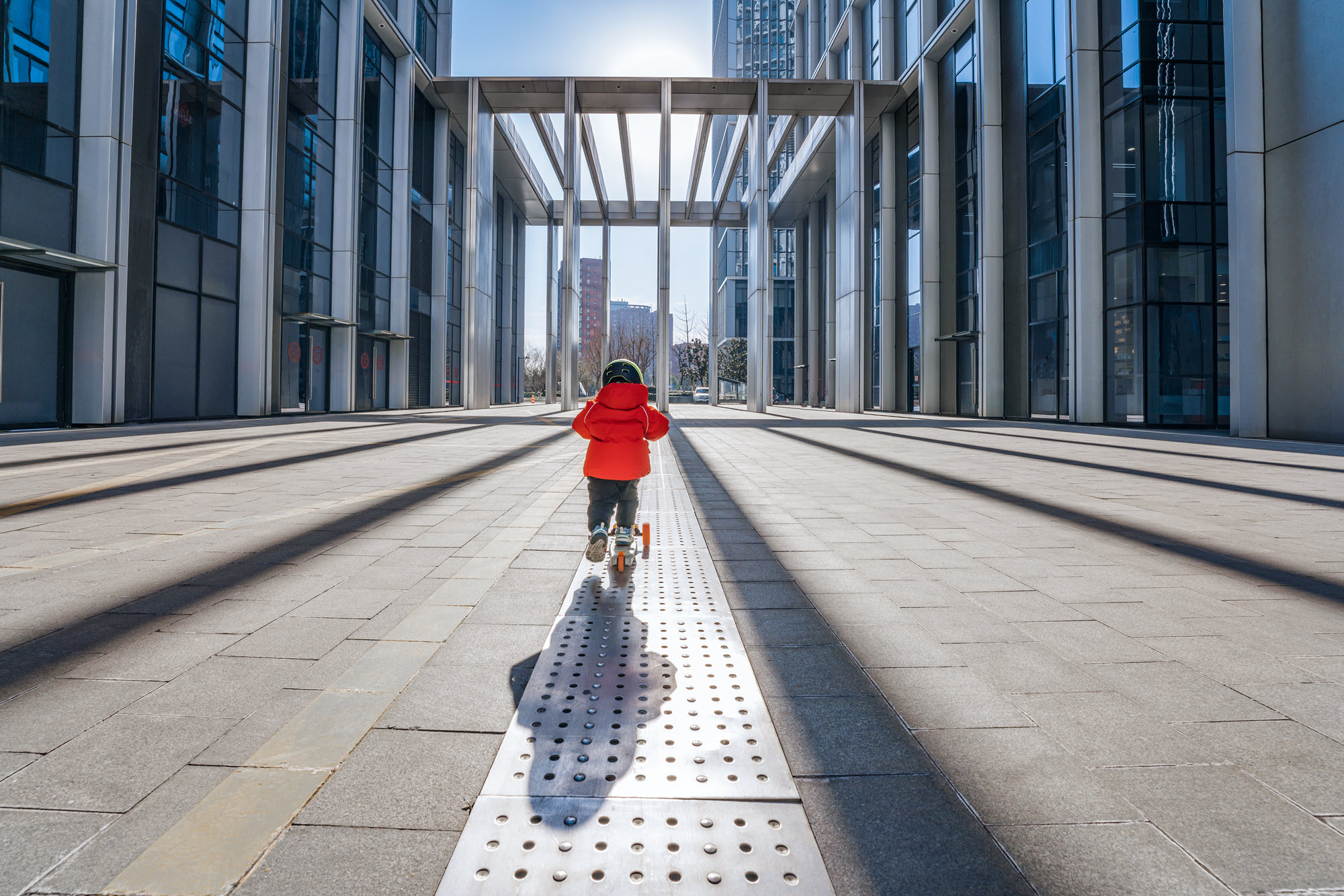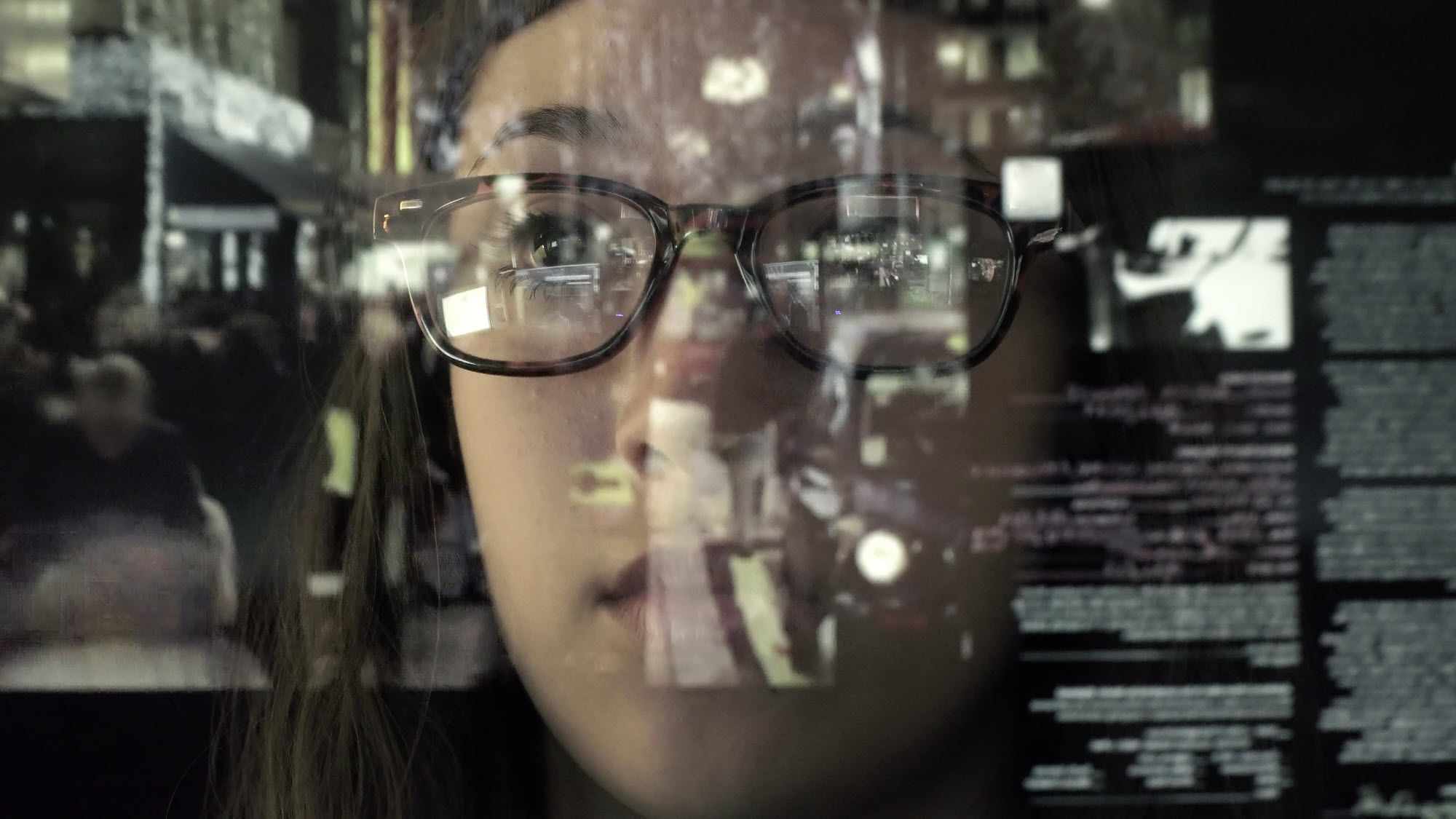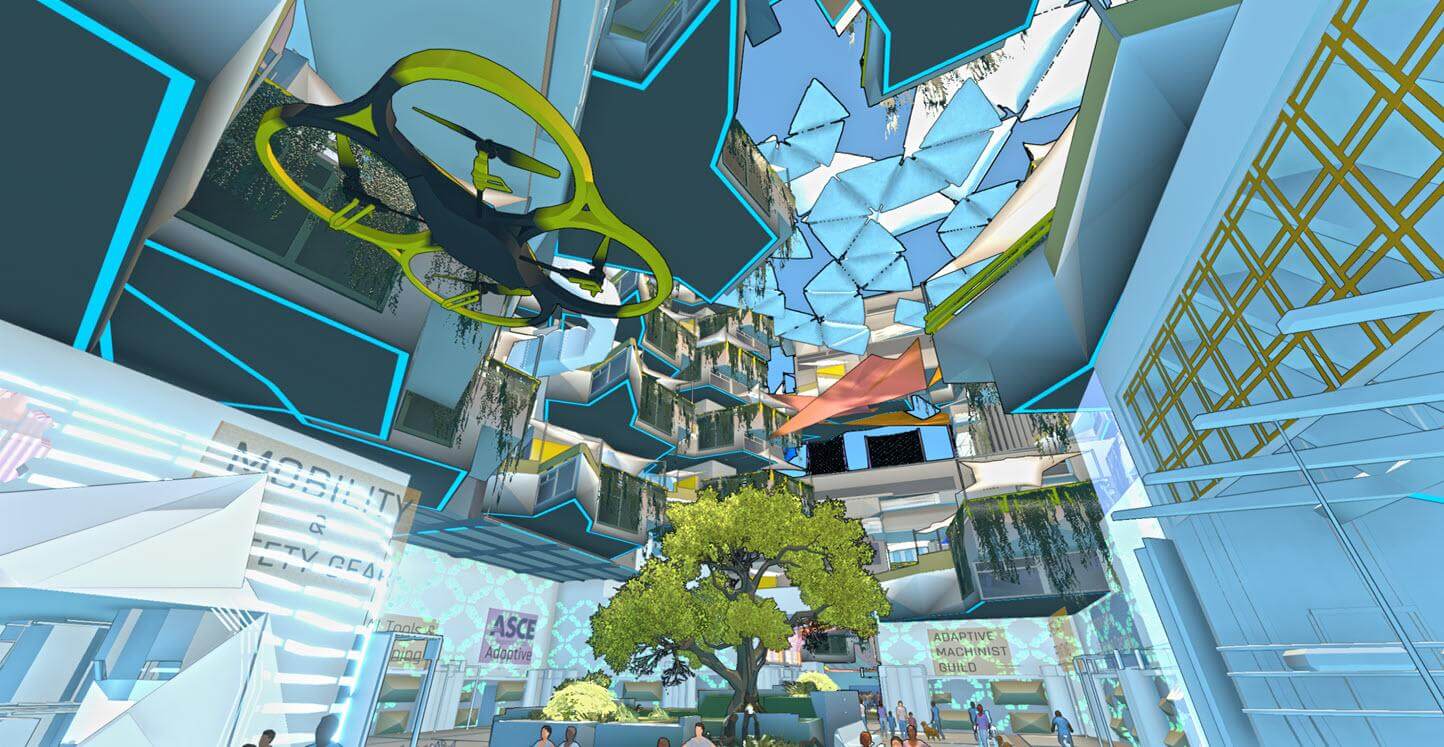
Explore
See how Future World Vision comes to life through an immersive VR experience.
Throughout history, we have gradually improved our ability to predict the future. For 2,000 years, weathervanes have warned of impending storms. For two hundred years, probability theory has offered statistical forecasts – estimates on everything from expected return on investments to expected goals from football teams. Today, artificial intelligence models of various kinds represent the highest order of predictive technologies we have.
Like the weathervane, we often use our best predictive capabilities to develop warning signals. The IPCC’s impressive climate projections are the most important example ever developed. Those warning signals will – we hope – help to steer the world clear of a climate catastrophe.
Better prediction can do much more than warn us. It will also be crucial in managing and enabling the energy transition – the seismic shift which represents the bulk of what we need to do to avert that climate catastrophe. We use predictive capabilities to help us reduce energy consumption in buildings, optimize wind turbines, and enhance the efficiency of energy markets – to name just a few areas.

Fortunately, we are now in an era where data-driven warnings and forecasts are reaching new levels of accuracy and specificity.
Digital twins are a key driver of this. Often, digital twins draw together vast stores of data from dozens of different domains. This is used to create a rich representation of the twin’s sibling – which could be a machine, system, service, vehicle, building, city, climate, or anything in between.
When we then train and integrate AI models with the data from digital twins, we can pick out patterns and connections in seconds that are, for all practical purposes, invisible to humans and to traditional computing methods. We can also generate probabilistic predictions with new levels of specificity and accuracy.
This new generation of AI-powered digital twins will help to transform the way organizations build and manage infrastructure assets.
For example, digital twins of smart power grids will help us weave together multidirectional flows of energy and information, keeping them reliable, efficient, and resilient, despite their intricate complexity and rapid fluctuations.
There is great potential for digital building twins, too. These can already help save energy, improve safety, and enhance the comfort and well-being of the people who live or work there. With greater use of AI, a building operator or developer could use their digital twin to forecast how structural changes, new uses, environmental events, or other changes, be they planned or a total surprise, would impact the building.

Our improving predictive powers are an important part of what we call “A New Space Race” – the urgent priority of infrastructure transformation, in the context of climate change, maturing digital technologies, and the fallout from the Covid-19 pandemic.
We are in a new space race across three dimensions:
A Physical Space Race – The changing needs and expectations of people in their buildings, factories, facilities, offices, homes, and surrounding infrastructure.
A Digital Space Race – The evolution of the operational backbone of physical spaces, driven by advances in AI, automation, energy systems, connectivity, and data-driven predictions.
An Earth Space Race – The impact of physical and digital space on the planet, including a revolution in energy systems that will create a sustainable legacy for future generations.
These three areas are urgent and highly interconnected. We are racing against climate change; we are racing to keep pace with pandemic-driven changes to how we work and live. There is an urgent need to decarbonize, to accelerate the energy transition, and to adapt to new urban realities, including new technologies, threats, politics, and economics.
Urban infrastructure stakeholders must move quickly to build greater resilience, capacity, competitiveness, and cost-efficiency, all while modernizing, digitalizing, electrifying, and decarbonizing. It is a massive and historic challenge.
Digital twins and other key technologies are crucial to accelerating progress on all fronts – to meet our targets, and to continuously improve performance. We cannot win the New Space Race without winning the Digital Space Race. It is the enabler for so much of the transformation ahead.
Is infrastructure evolving fast enough? Do stakeholders have a shared vision for the future of infrastructure? What are the risks, barriers, and enablers that dominate our thinking, and why?
These are some of the questions we explore in our thought leadership research program, A New Space Race. Our hope is that you will find it thought-provoking, that it contributes to your own vision for the future of infrastructure, and that it inspires you to strive to get there faster.
Subscribe to the quarterly Future World Vision newsletter to stay up to date with news and events.

See how Future World Vision comes to life through an immersive VR experience.

Stay updated on the upcoming Future World Vision giant-screen film, Cities of the Future.

Create and share your own custom tour of Mega City 2070.